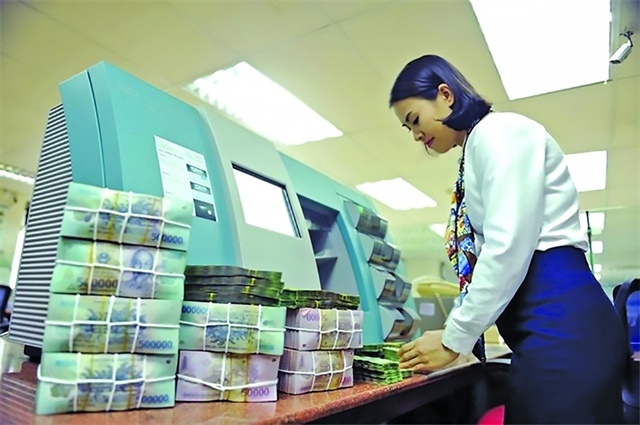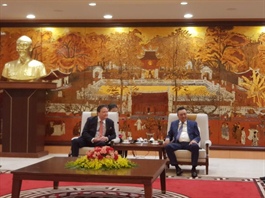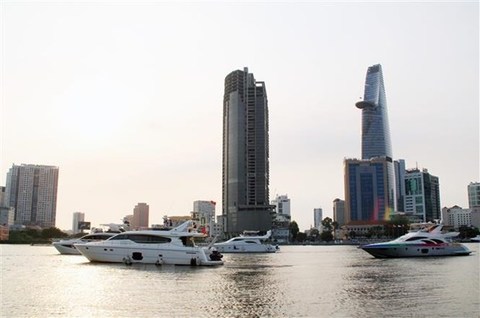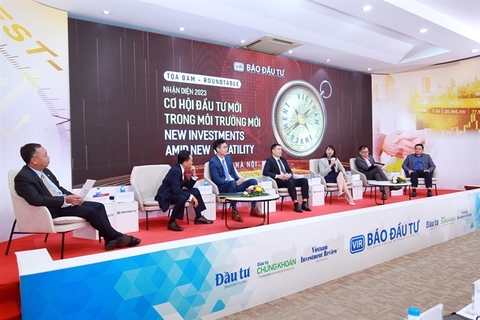Hanoi aims to complete 2021-2030 planning in June
Hanoi aims to complete 2021-2030 planning in June
Once completed, the capital planning will serve as a crucial legal resource for Hanoi's authorities to guide, direct, and formulate policies, providing a catalyst for development.
The Hanoi Institute for Socio-Economic Development Studies (HISEDS) is scheduled to complete the process of selecting consultants for the capital’s 2021-2030 planning, with a vision to 2050, and submit the draft report to the Government in June, according to its Vice Director Nguyen Thi Diem Hang.
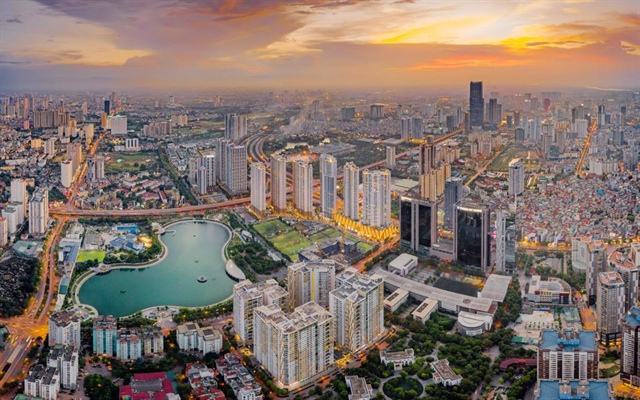
Hanoi from above. Photo: Huu Thang |
Hang said there is a huge workload with unprecedented difficulties in drafting the planning, so completing the task on time remains a challenge.
She noted to date, the agency has held conferences and seminars to seek opinions from experts and scientists and for the exchange of experiences with other provinces and cities. It has prepared reports on the planning orientation framework.
“We are currently working on completing the bidding documents and it is expected that a planning consulting unit will be selected by April 2023. The goal is to have an initial draft ready to present to the government by June,” Hang said.
Integrated approach
In the past, research planning was done in a hierarchical and fragmented manner, with each sector or field conducting the process independently. However, the current trend is to have an integrated approach, where a master plan for a province or city integrates various elements.
With limited time, however, the challenge is to find creative ways to speed up the process.
Dao Ngoc Nghiem, Vice Chairman of the Vietnam Association for Urban Planning and Development, said that a specialized department should be established to bring together units, departments, and branches of the city to research and refine the planning of each area, which eventually will be included in the overall planning.
According to the Director of the Hanoi Urban Planning Institute Luu Quang Huy, the current situation in Hanoi is rather unique as there are two plans being deployed at the same time, namely the capital planning and the adjustment of the construction planning.
As a result, many contents need to be clearly defined, Huy noted, adding that the task of formulating the capital planning for 2021-2030 with a vision to 2050, which was approved by the Prime Minister, has identified 69 contents for Hanoi that need to be integrated into the final version, including plans for the development of different economic fields and districts in the city.
At the same time, the adjustment of the construction planning to 2030, with a vision for 2050, includes the development vision for various sectors and localities in Hanoi.
“However, there are differences between the two plans, as capital planning provides different options, the capital construction planning sets the vision for development,” Huy said.
| “Once completed, the capital planning will serve as a crucial legal resource for Hanoi's authorities to guide, direct, and formulate policies, providing a catalyst for development. With the city's flexible and innovative approach, the full commitment of the political system, and the active involvement of the community, it is hoped that Hanoi will create the highest quality Capital Planning, building the city into a peaceful, creative, and proud capital that meets the expectations and trust of the people of the country and its international friends,” Vice Chairman of the Vietnam Urban Development Planning Association Dao Ngoc Nghiem. |



